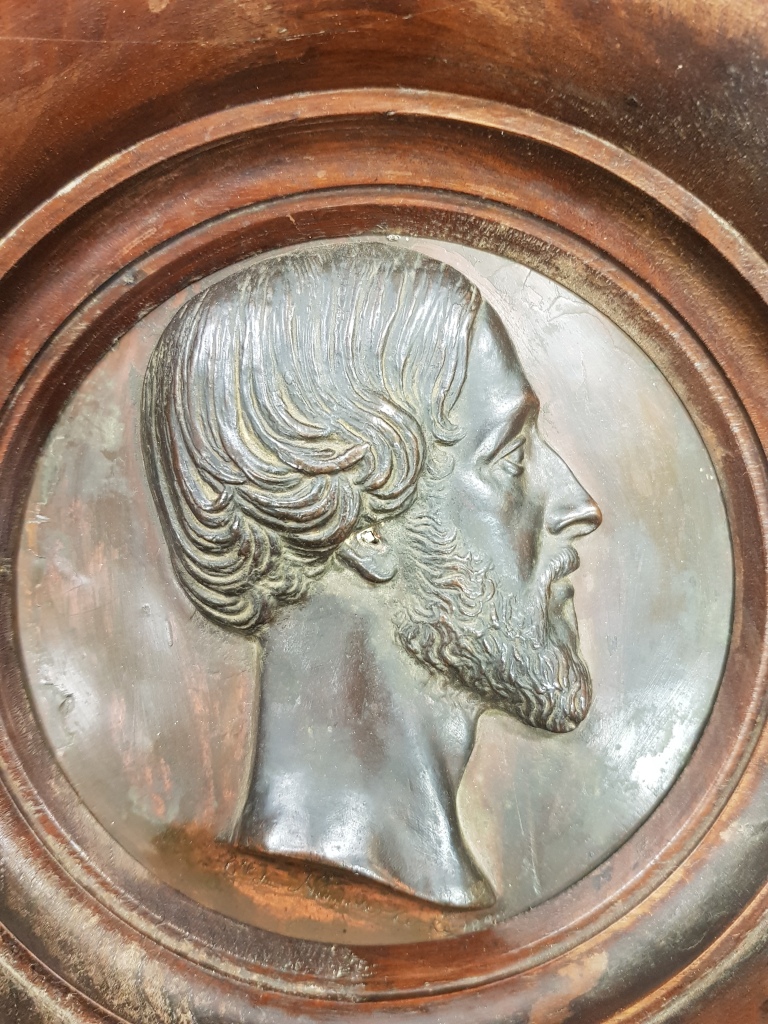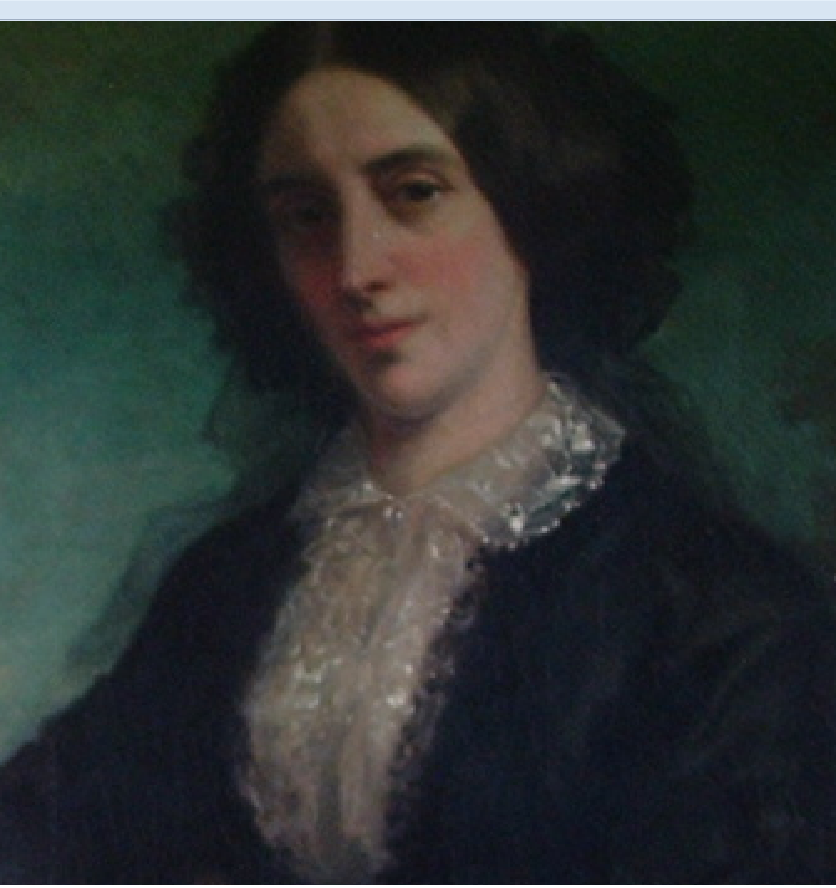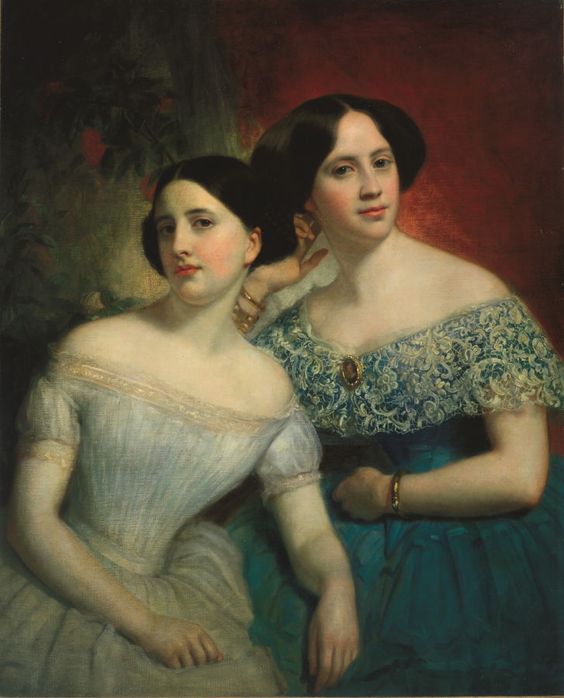It seems that in 1843 Colonel Thorn was witness of the the marriage between the New York banking heiress, Mary Mason Jones (Edith Wharton’s great aunt) and the Baron de Trobriand. I’m curious as to whether there was an actual connection between them, or if he was merely called upon as a well known American in Paris.
N.B. Thanks to Jacqueline Dunn, we have been able to make a connection between the families. John Church Cruger’s first wife, Frances (Fannie) was Mary’s sister. Their only son, Eugene married James Jauncey’s (married to Therese von Leykam) daughter, Mary Jane Jauncey. You may remember that after James died Therese moved her family back to New York with the Colonel and Mrs Thorn. Jacqueline suggests that they may have met in Pau.
The Protestant ceremony was performed in the Hotel Gallifet , and is thus described in Galignani’s Messenger of January 26th , 1843. Married— yesterday Thursday (January 25 th, 1843) at the Hotel Gallifet, by the Right Reverend Lord Bishop Luscomb, Régis, Baron de Trobriand , to Miss Mary Mason Jones of New York, U . S . of America. The Baron de Trobriand, son and nephew of two General officers, belongs to a family which , before they took their place among the nobility of Bretagne in the 14th century, was a noble Norman family of England . The witnesses on one side were General , the Duke de Clermont Tonnerre (a long time Minister of War under the Restauration) and the Marquis de la Roch ejacquelin , deputy 60 Régis de Trobria and on the side of the Lady, Mr. Ledyard, chargé d’affaires of the United States, Robert Ray, Esq., and Colonel Thorn. After a dejeuner at which were present several persons of the highest distinction, the newly married couple left Paris for Tours to pass a few days.
After their marriage the young couple spent nearly a year travelling through Europe , visiting Belgium, the Rhine , Switzerland , the Italian lakes, and the principal cities of Italy. Venice cast its spell over them so thoroughly that in 1844 they were drawn irresistibly back to the Bride of the Adriatic. ” A trip through Europe in those days, in a private carriage , with postillions and courier , meant long pauses wherever interest and beauty attracted the traveller, lingering in historic spots , and long hours of dreamy enjoyment where Nature has placed her choice resting-places. It meant the wayside inn, the forded brook, the mountain passes, the thousand and one unexpected incidents of journeys through beautiful lands among picturesque people. And the cities with their treasures of Art! No trains to catch, no timetables to consult, there was nothing but the fulness of enjoyment , the long-drawn absorption of what helps to make the beauty of life.
Mary Mason Jones was renown for many things including her architectural legacy, just as the Colonel had been before her. His west sixteenth street home in New York was an italianate brownstone, which had in its day been noteworthy for its continental influence. Mary Mason Jones built her Marble Row over two decades later.
Mary Mason Jones was … one of New York society’s leading ladies in 1871 built the block of homes on Fifth Avenue between 57th and 58th streets. Known as “Marble Row,” it introduced to New York “French tendencies in architecture, which finally marked the passing of the ‘brownstone fronts’ as a fashion.” Mrs. Jones lived at the 57th Street corner of the Avenue.














Leave a comment